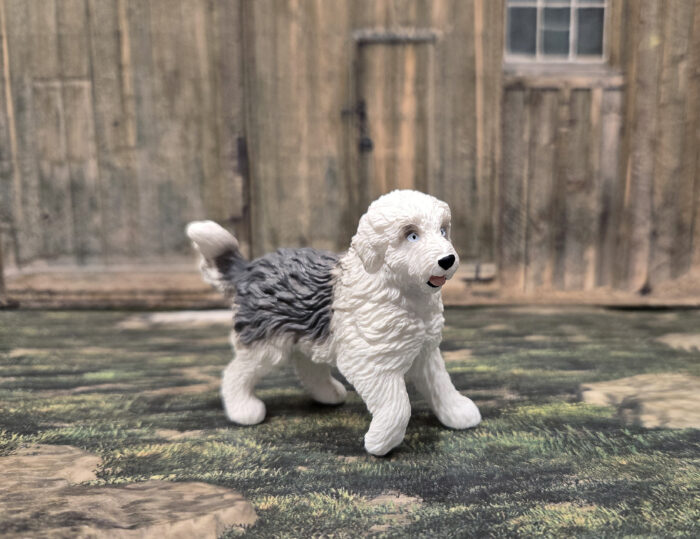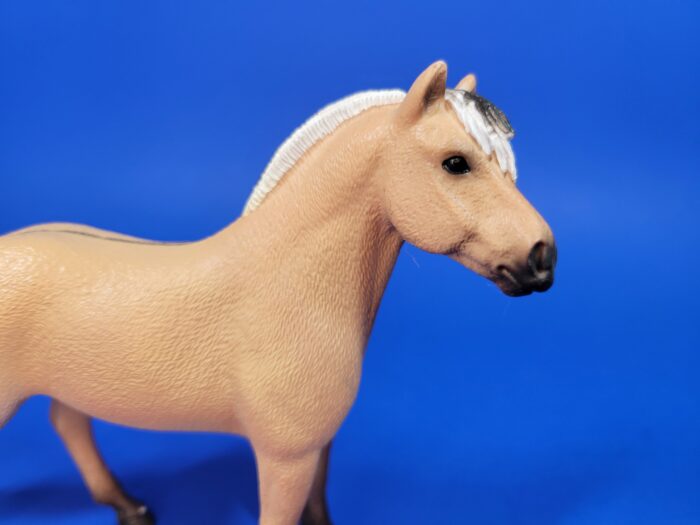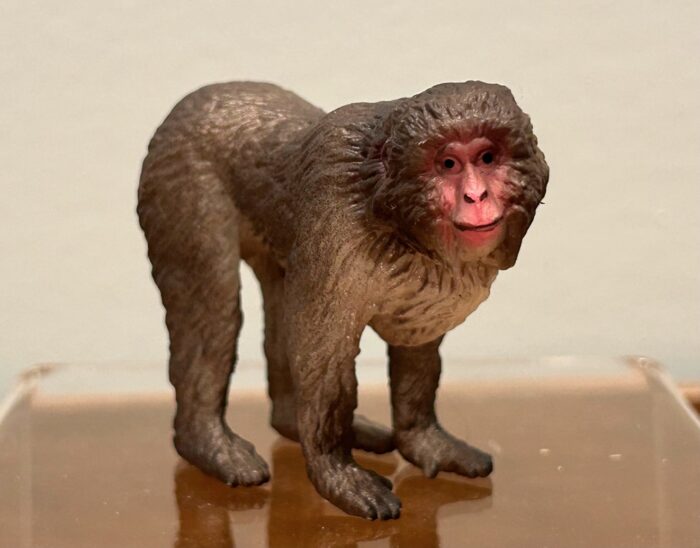Before I start this review I would again like to thank our friends at Happy Hen Toys for donating this review sample. It was on my radar when it was first announced, but I wasn’t 100% sure I wanted it. I am happy to have received this figure to see it in-hand and better appreciate it.
Brand: Schleich
Vietnamese Pot-bellied Pig (Farm World by Schleich)
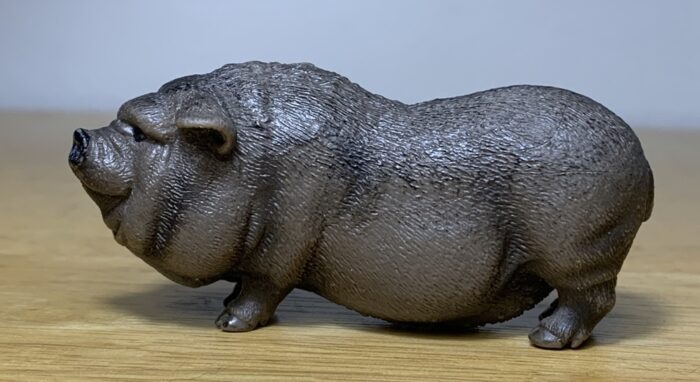
Today it is my great pleasure to share one of my holy grail figures with the blog, the 2014 Schleich pot-bellied pig. This figure was retired in 2018, one year before this blog was launched and I got into extant animal toys. I don’t know how it came across my radar but for a couple years now I’ve been looking at eBay listings for it, in the hopes that I could find one for a decent price.
Pig (Farm World by Schleich)
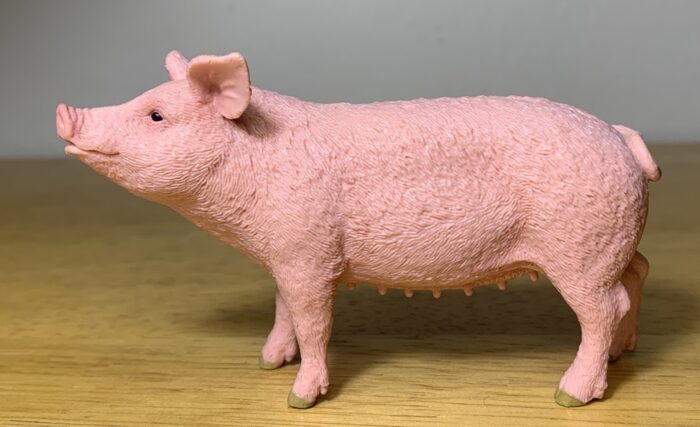
The figure we’re looking at today is not one that I deliberately added to my own collection, it was one that was given to my barely one year old daughter while visiting some relatives. They handed her the pig to play with and then insisted she should keep it. Well, she’s too young for this sort of toy, so it has been sitting on my shelf until she reaches the recommended “3 years and up” age.
Fjord Mare (Horse Club by Schleich)
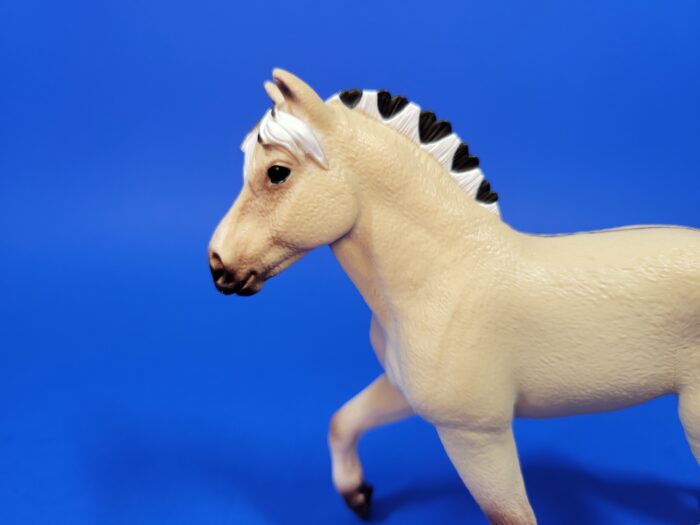
Hello again! Here we will have the review for the mare counterpart to the fjord horse pairing. If you would like to read more about the breed itself, I included a history and variety of facts for them in the Schleich’s gelding article here. The figure being discussed below is the mare figure by Schleich produced in 2024, #13980.
Fjord Gelding (Horse Club by Schleich)
Japanese Macaque (Wild Life Asia by Schleich)
Spotted Wobbegong (Coral Reef Diver Set by Schleich)
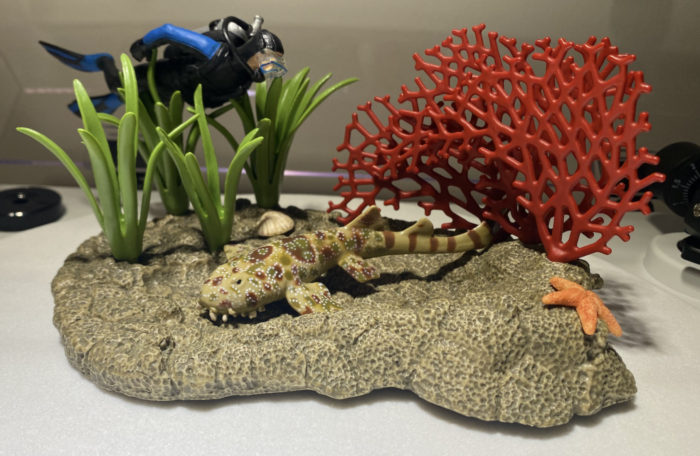
Review and images by Alopias superciliosus; edited by bmathison1972
I’m happy to be returning for my second Shark Week; always a pleasure to nerd about obscure sharks! For this year’s installment we are going as far away geographically from my Greenland Shark review last year as possible, “down under” to discuss the weird and wonderful Spotted Wobbegong, Orectolobus maculatus.
Armadillo, 2024 (Wild Life America by Schleich)
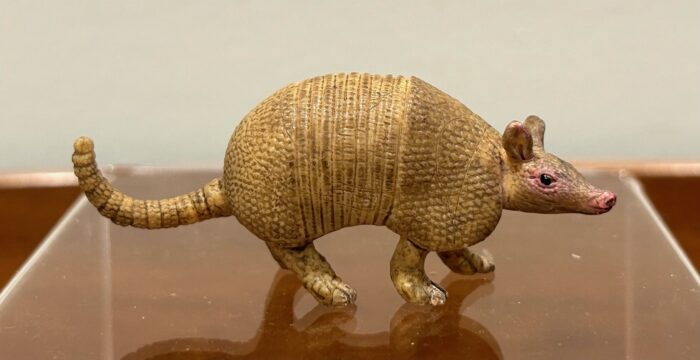
Review and images by Suspsy; edited by bmathison1972
Armadillos, which are part of the superorder Xenarthra along with anteaters and sloths, are immediately recognizable by their tough armoured hides, which makes them almost seem more reptilian than mammalian. There are currently 21 recognized species, all native to the Americas, with the smallest and the largest being the pink fairy armadillo (Chlamyphorus truncatus) and the giant armadillo (Priodontes maximus) respectively.
Fire Salamander (Wild Life Europe by Schleich)
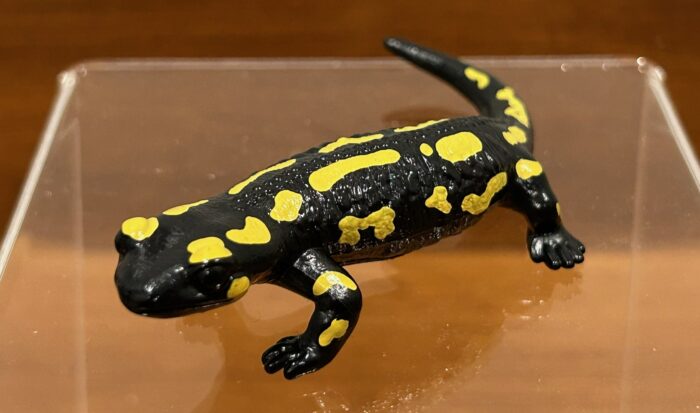
Review and images by Suspsy; edited by bmathison1972
The fire salamander (Salamandra salamandra) is one of Europe’s largest salamanders, reaching a length of 15-25 cm long. It usually resides in the deciduous forests of southern and central Europe, where it prefers to spend most of its time concealed under fallen leaf litter and logs.
Jersey Cattle, Cow (Farm World by Schleich)
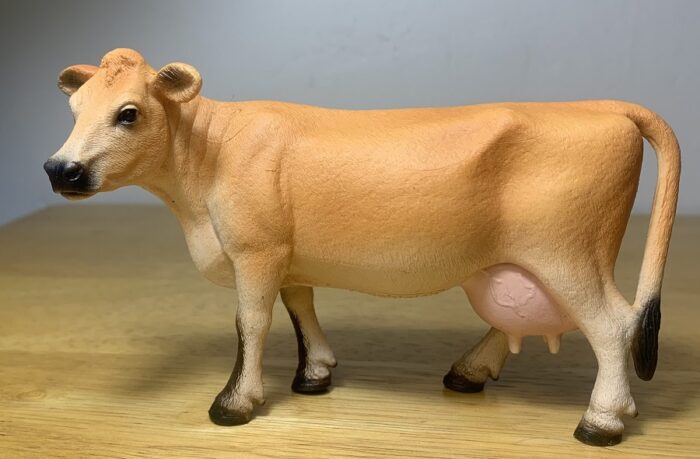
If you’ve ever seen a cow that you initially mistook for a deer it was probably a Jersey cow. With their large doe-like black eyes, small size and delicate build, and light brown coloration, Jersey cattle are one of the loveliest breeds of cattle around. The breed comes from the island of Jersey, one of the British Channel Islands and is an ancient breed, having been on the island for 1,000 years and a pure breed since 1763.
Eagle Nest with Babies (Wild Life America by Schleich)

The bald eagle (Haliaeetus leucocephalus) and the golden eagle (Aquila chrysaetos) are not closely related, at least not within the context of the family Accipitridae. The latter is considered a ‘true’ eagle whereas the former is a buteonine hawk. Yet, the two birds have similar breeding and nesting habits.
Bonobo, female (Wild Life Africa by Schleich)
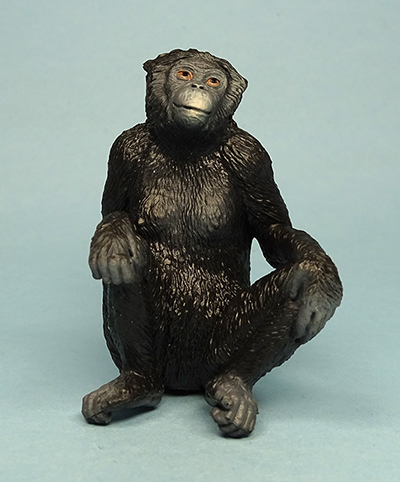
Review and images by stemturtle; edited by bmathison1972
Schleich released a lovely bonobo, Pan paniscus (Schleich Wild Life #14875), in 2024. This review will compare the figure to the chimpanzee, Pan troglodytes, instead of describing it in great detail. A former name, pygmy chimpanzee, was a mistake, since the bonobo is a separate species from the chimp.

